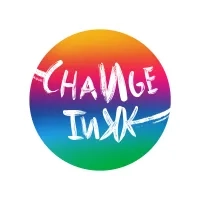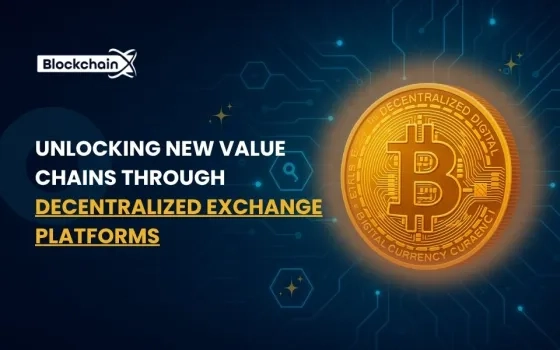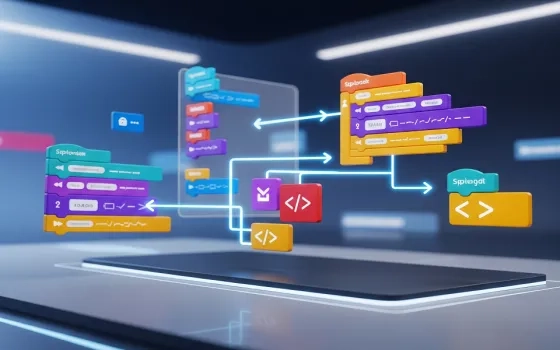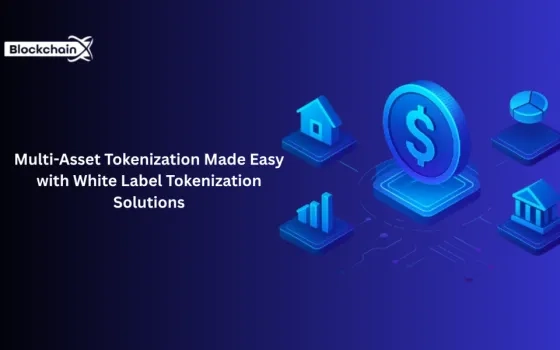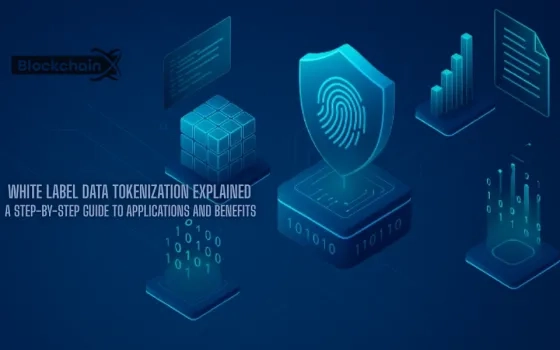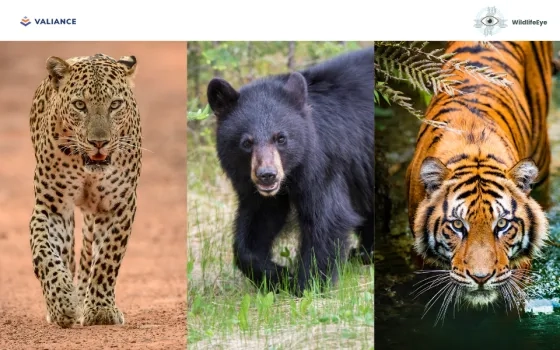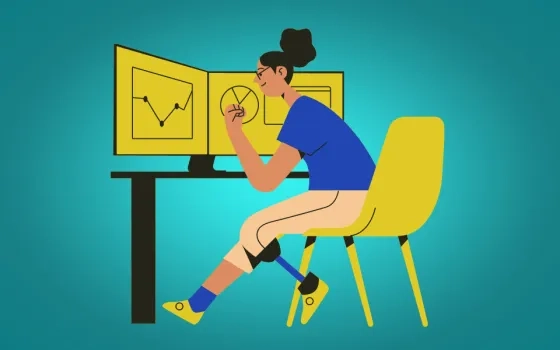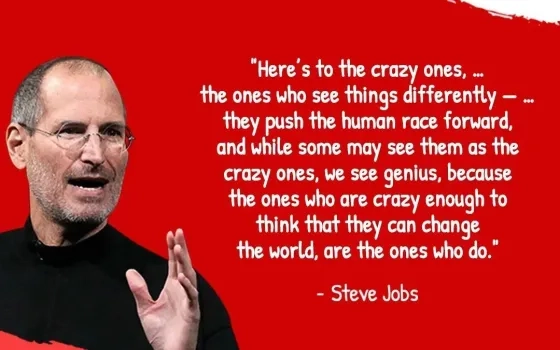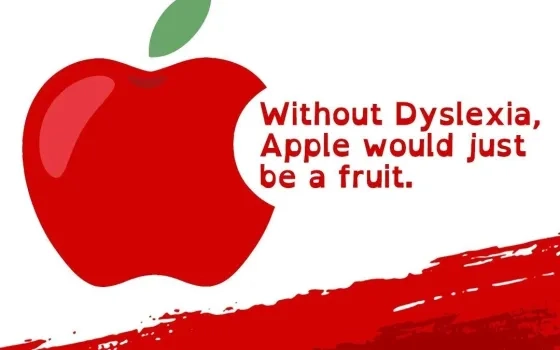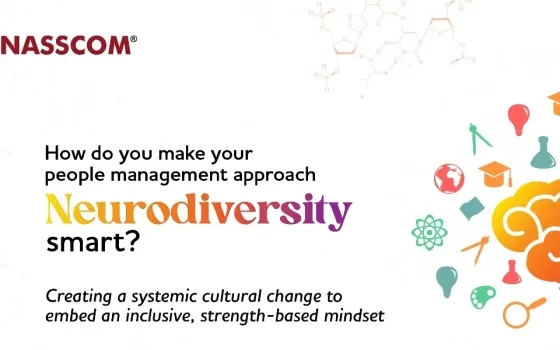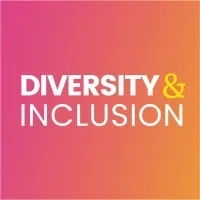We've written extensively in recent weeks about the 'why' of having a neurodiverse workforce, beginning with the transformative role that dyslexic individuals have played in every facet of society-science and technology, arts and architecture, entrepreneurship, literature, media, and the list goes on. Next, we discussed why "neurodiversity" has become the newest business buzzword on everyone's lips, with companies such as SAP, Ernst & Young, JP Morgan Chase, Microsoft, IBM and Hewlett-Packard recognizing the benefits of having a neurodiverse workforce. Hopefully, we've persuaded you that this often-overlooked community holds the superpowers that organisations require to succeed in the twenty-first century. Today, let’s dig deeper into ‘how’ exactly you can go about rethinking your search and recruitment strategy, and in the process, find some of your most intelligent, innovative and engaged employees.
According to a Made by Dyslexia report, a whopping 78% feel that the recruitment process puts dyslexics at a disadvantage, and 82% feel that the process does not allow dyslexics to showcase their abilities. These figures underscore the urgent need to transition to a more intuitive, inclusive hiring system, that brings out the best in a wider set of applicants and is a better measure of how they will perform when on the job. As a starting point, think about this: What are the aspects that your hiring process places the most value on? Are you assessing neurodiverse candidates on what they cannot do very well, instead of what they are passionate about and excel at?
Here are our top tips to make your recruitment process more neurodiversity-inclusive:
-
Job profiles that reflect inclusion commitment: As the first point of interaction between a prospective employee and your organisation, job profiles must bear the hallmark of your inclusion priorities. Work towards streamlining job profiles to better attract qualified neurodiverse candidates, by using clear language, and not asking for competencies that are not required on the job, such as stellar communication skills for a data entry personnel opening. Avoid using superfluous and excessively flowery language, as it is often confusing to neurodiverse applicants and may discourage them from applying to roles that they are otherwise well-suited to.
-
Level the playing field: There is a common misconception that accommodations place certain individuals at an unfair advantage. Here’s a simple way to understand what they are really: just like spectacles for those with poor eyesight, accommodations help to level the playing field. Alongside the job listing, communicate to potential applicants the reasonable accommodations they can ask for during the recruitment process, such as the use of headphones for noise-cancellation, a set of written or recorded instructions, and a separate room for the screening to help prevent sensory overstimulation. If written tests are part of the screening process, consider offering accommodations such as extra time to complete the test, spell checks, breaks in between writing, etc.
-
Expand your recruitment reach: Enlist the help of recruiters, especially those specialising recruitment and mentoring of people of with disabilities, on-campus employment support groups, and civil society organisations to find and hire the right candidates. Several renowned and highly selective universities like Harvard, Yale, Stanford, and MIT promote the inclusion of learners with SLDs in their rigorous degree programmes, with no compromise on their rigorous academic standards. In India, Ashoka University is leading the movement for supportive learning environments for students with SLDs in higher education, and other prestigious universities like IIM Bangalore and KREA University have also taken steps in this direction. According to Reena Gupta, Director of the Office of Learning Support at Ashoka University, “Our students with dyslexia who go out for higher studies or sit for placements are ready for the world with one common skill- advocacy for themselves. Their job-readiness is no less than any other student’s. In fact, they might be better placed because they have had more opportunities as an Ashoka student to marry their innate creativity with academic rigour at the university, preparing them well for professional and entrepreneurial life.”
-
Rethink norms that don’t help: Review how you assess performance on traditional interviews. Neurodiverse employees often struggle with unspoken norms like shaking hands, making eye contact, sitting still for extended periods, they have a need for movement (rocking or swaying chair, fidgeting) etc. and this struggle must not be interpreted as a lack of ability, interest of commitment. Further, avoid standardised tests or personality tests, as these may not allow neurodiverse candidates to showcase their potential since they test a very narrow set of attributes. Instead, think how best to design the screening process to elicit the skills and competencies which actually indicate how well a candidate can think and act on the job.
The common refrain of industry recruiters who institute specialty recruitment initiatives for neurodiverse candidates is the dearth of qualified applicants, which poses a challenge to the sustainability of these programmes. In light of this, it is important to keep in mind a few key points:
We need to see neurodiversity-inclusive workplaces as a longer-term mission, instead of a one-time way of marking a diversity checkbox. Dedicated mentoring programmes by existing staff and internship schemes for learners and professionals with SLDs provide a way to create a pool of potential talent, while at the same time investing in the community and enhancing your business’ reputation as a socially aware and inclusive brand. These initiatives also have the benefit of providing a low-risk avenue for neurodiverse talent to dip their toes into the organisation’s culture to assess a mutual fit.
Many organisations around the world have taken to welcoming neurodiverse applicants for specific job roles that they feel are best suited to them. However, this approach only serves to pigeonhole and perpetuate stereotypes of what these “different thinkers” can or cannot do. Equally importantly, such a strategy hampers the potential of neurodiverse individuals to do transformative work as it limits them to certain job functions and verticals, instead of allowing them agency over where they can best contribute. The neurodiverse community, because of the diversity of their cognitive wiring, can excel at virtually every job role. ChangeInkk recommends that recruiters keep an open mind and welcome these candidates across all job openings in the organisation. This sentiment is echoed by Ernst and Young's Neuro-diverse Centres of Excellence (NCoE) leader Hiren Shukla, who claims that individuals who think differently can succeed in “all jobs, all roles”. In fact, EY’s The Value of Dyslexia (2019) report maps the skills resident in the dyslexic community to many different types of roles- so, as Shukla says, “there is no stereotyping, there's no pigeonhole.”
Finally, understand that the vast community of neurodiverse individuals (an overwhelming 20% of the population are dyslexic), coupled with low rates of identification and support, means that they are all around us, hidden in plain sight. For maximum impact, we need to strive to make recruitment processes inclusive at large, instead of relying on specialty recruitment for applicants from the neurodiverse community alone. Says P Rajasekharan (Raja), Co-Founder of v-shesh, an award-winning impact enterprise working on disability inclusion, "The message is loud and clear for businesses to revisit their conventional practices- HR, search and recruitment- otherwise we will miss out on talent. This is not just to include neurodivergent talent... It's going to be better for the entire workforce."
References:
-
Made by Dyslexia. (2021). JOIN THE DOTS Empowering Dyslexic Thinking in every workplace. https://www.madebydyslexia.org/wp-content/uploads/2021/08/Join-The-Dots-Workplace-Guide-1.pdf
This article is written by Deepika Ghosh, Lead for Workplace Inclusion and Entrepreneurship, and Noopur Jhunjhunwala, Co-founder and Trustee at ChangeInkk Foundation.




